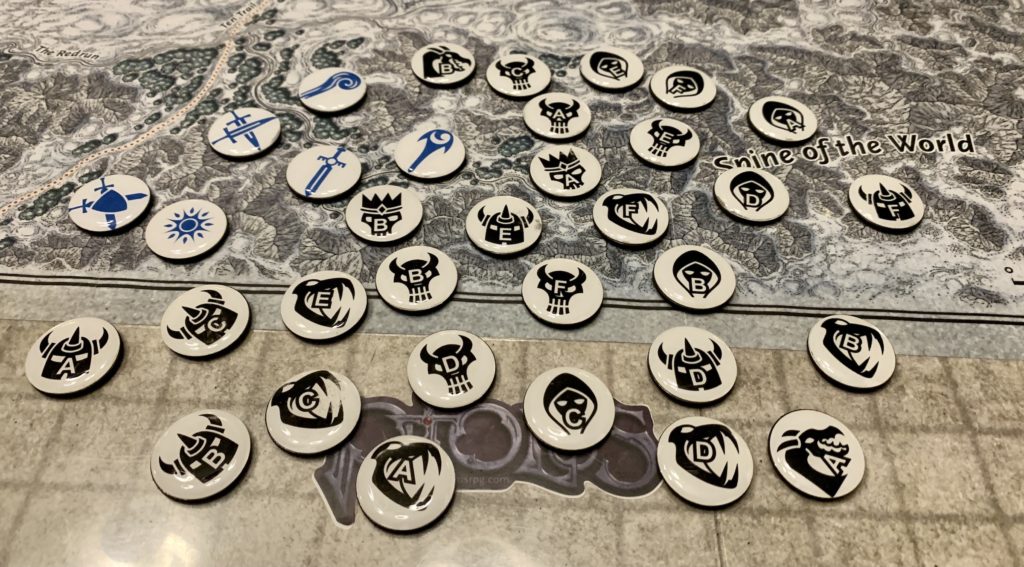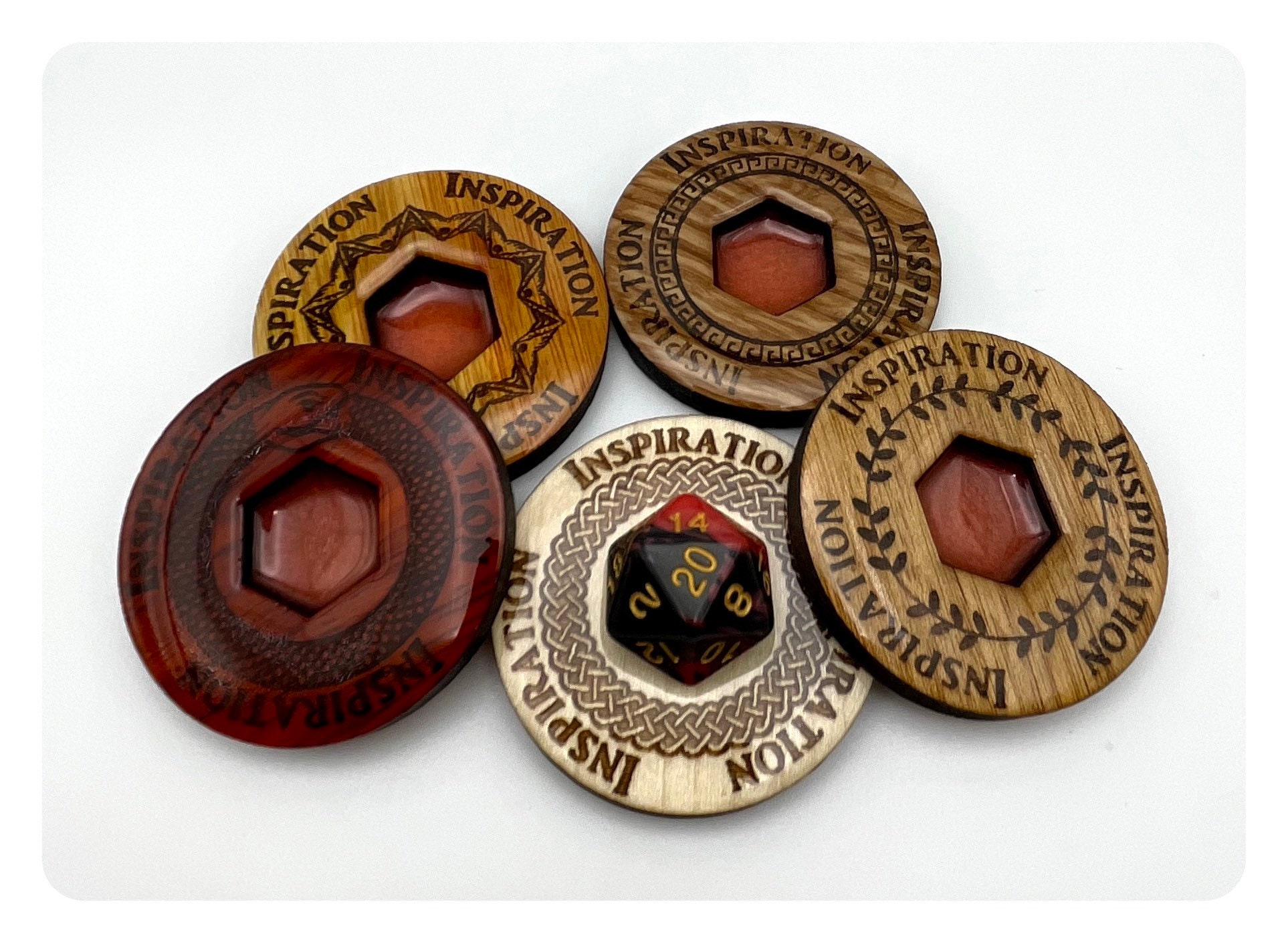If you are looking for a D&D Token Maker, you have come to the right place. Here you will find an overview of how this software works, the Free version, and the different Formats available. We will also discuss how to use the Free version to create tokens from jpeg images. Let’s begin! Hopefully, this will answer all your questions! If not, keep reading to learn more about this useful tool!
Free version
The Token Vault is an in-development website where you can create custom avatars for TTRPG systems and online games. The developers have compiled art from several artists and genres. The website has successfully raised funds on Kickstarter and is slated to be released in December 2020. This project has been hailed for its ease-of-use and customizable avatars. Here are a few steps to use the free version of the D&D token maker.
Creating customized tokens is time-consuming, and can be tedious, but token tool makes the task easier. You can do next:
- import an image,
- position it,
- add a border, and download the character stamp to use in the game.
You can also order a printed version if you prefer. Tokens are lightweight and can be easily carried from one place to another. Each token weighs a few grams. It is also a good idea to consider the size of your tokens when selecting them.
Inkarnate
If you are looking for a DND token maker that can also create map tiles, you’ll want to check out Inkarnate. This fantasy map making tool was developed by tabletop role playing game enthusiasts, authors, and map makers. It offers an easy-to-use interface and various types of map tiles. You can download a free version of Inkarnate or upgrade to the paid version for more advanced features.
Inkarnate allows you to create fantasy maps online. With it, you can create a world map, city maps, and regional maps. In addition, you can also create maps based on your own imagination. These maps can also be shared with other players to compete in the map gallery. The interface is easy to use and doesn’t require a hardware system. All you need is a good internet connection to use the program.
Token Creator

If you’re playing the D&D game, you may be curious about the D&D Token Maker. This program allows you to create your own characters, NPCs, and magical items, and even create a full-color print that will be included with your token. It’s a great tool for creating custom characters or NPCs and will also get you special mention in the game’s book.
Token stamps are a great way to customize your character cards. The tool allows you to upload a picture, position it, and add a border. You can then download the character stamp or order it printed. While miniatures can be bulky and heavy, tactical tokens are lightweight and only a few grams each, so you can carry them with ease. These tokens are a great option for tabletop gamers, because they can be used for many purposes and do not require any special equipment.
Creating tokens from jpegs
Creating your own tokens is easy when you have the right tools. You can find hundreds of free jpegs online, or you can create your own using art programs. In any case, you should use the PNG or JPG format, as these two are best suited for creating digital tokens. In order to use this program, you must have a Java program on your computer.
To create a token, start by placing your image onto the Objects and Tokens layer. Then select your color scheme and image size. Now, you can use the Token Stamp to resize the image and set the token ring. In addition, you can choose a custom background, and you can edit it in a paint program. Make sure to choose a transparent PNG file. After completing the process, you can save your token.
Tokens are usually made from two pieces of artwork, but you can create more than one token with the same image. You can even make the tokens unique by changing the color scheme and hue. If you use the same image as your image, the results will be similar. To make your tokens stand out, you need to be as detailed as possible. By following these steps, you’ll be able to create beautiful tokens in a snap!
When creating tokens from jpegs, you’ll need to set the position of your token. By default, tokens are oriented to face the south. However, you can change the position of a token to change its orientation to whatever you want. To do this, hold Shift while using the arrow keys or the mouse wheel. Holding Control will allow you to rotate and orient the tokens in smaller increments.
Once you’ve chosen the location of your image, you can choose the elements to appear in the bar. The default setting is Above, while Top Overlapping and Bottom Overlapping make all bars overlap the token. The last option, Compact, provides a smaller bar with no text overlay. You can choose the location of the nameplate in three ways: above, below, and below.
Token ownership determines who has the right to select and move the token. Token owners have the ability to move or edit the token on the map. Non-owners, on the other hand, can only see the map and cannot edit or move the token. Ultimately, whoever owns a token has the right to control it. This means that no matter what, the DM can easily change the token’s appearance and control of the token.
Formats
Tokens for D&D can represent a variety of different entities, including players, NPCs, monsters, and more. Tokens have multiple uses and can be reused, so that you can use the same tokens for many different encounters. For most purposes, it is best to use linked-actor data, which applies to all connected tokens in all scenes. Using unlinked actor data, however, means that each token will have an independent turn order tracking and resource pools.
Tokens can be created in two different ways: as placeholders or as full-size tokens. Alternatively, you can also use a blank token. This will save you a lot of time, since you won’t have to worry about formatting. However, there are many things that you should remember before you start designing your own tokens. First, you should decide how your tokens will be used. Using the placeholders feature will make it easy to find a placeholder. Second, you can edit a placeholder token. Third, you can change the image of the token. This option is best for tokens that you are working on.
Next, you should decide which artwork you want to use. Tokens are not designed to be rotated. Hence, they’re ideally suited for portrait style. To differentiate between friendly and hostile tokens, you can choose a disposition. Tokens with a friendly disposition have yellow borders, while those with hostile ones have red borders. To create a friendly token, the image of the token must be in the UserData/Data/ directory or a publicly accessible web location.
Wildcard tokens are the most popular format for a character sheet. They allow the GM to handle diverse groups of characters without having to use actor sheets linked to each other. These wildcard tokens can be created using the wildcard image option. You should also make sure that you randomize the images used for the tokens. To do this, you should make sure that the image path in the token maker is the folder where you keep all the images and.png files.

He specializes in taking rough business ideas and making sure they are both financially and technically feasible (with a focus on blockchain, tokenomics advisory, DeFi, AI and the finance industry). Also he has a deep knowledge in tax rate and comissions.
